Long Story Shorts: What is Symbiosis? – Hakai Magazine
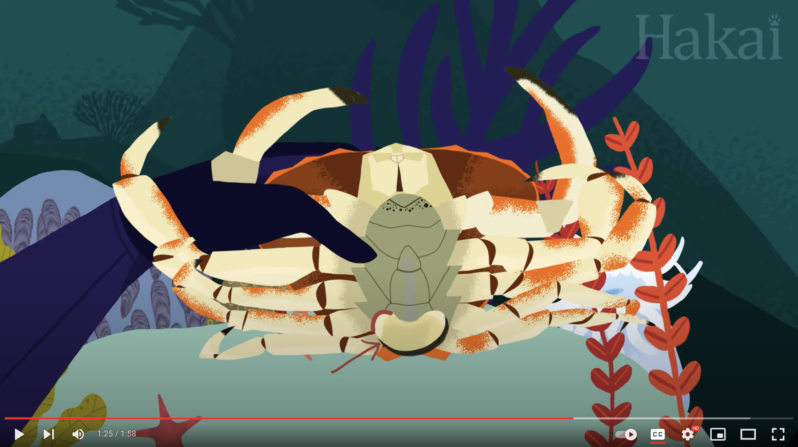
You might think symbiosis is when two different species live in perfect harmony— but that’s just one kind of interaction. See what happens when symbiosis takes a dark turn…
Beach erosion: Satellites reveal how climate cycles impact coastlines – UNSW Sydney
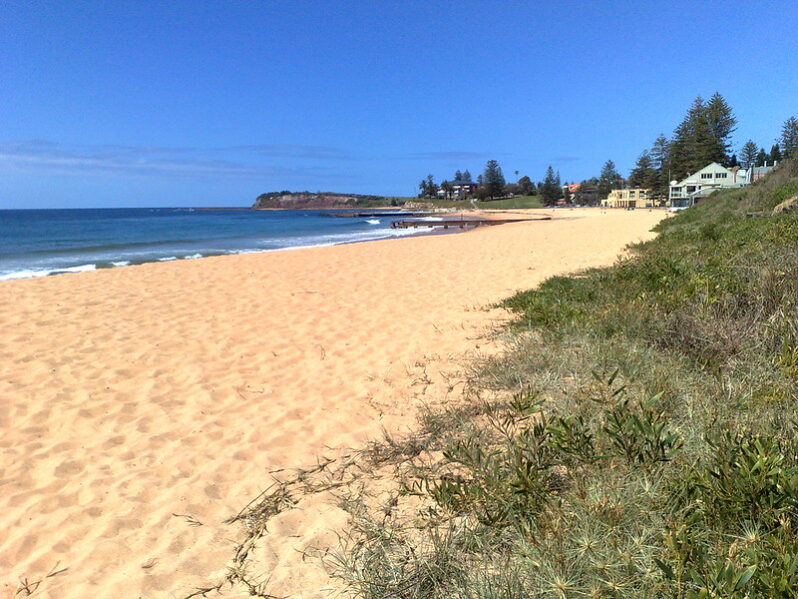
New research shows coastlines across the Pacific Ocean may respond differently to El Niño and La Niña cycles.
Researchers from UNSW Sydney have analyzed millions of satellite photos to observe changes in beaches across the Pacific Ocean. The findings, published in Nature Geoscience today (Feb. 10), reveal for the first time how coastlines respond to different phases of the El-Niño-Southern Oscillation (ENSO) cycle…
Bio-Based Plastics Aim to Capture Carbon. But at What Cost? – Wired Magazine
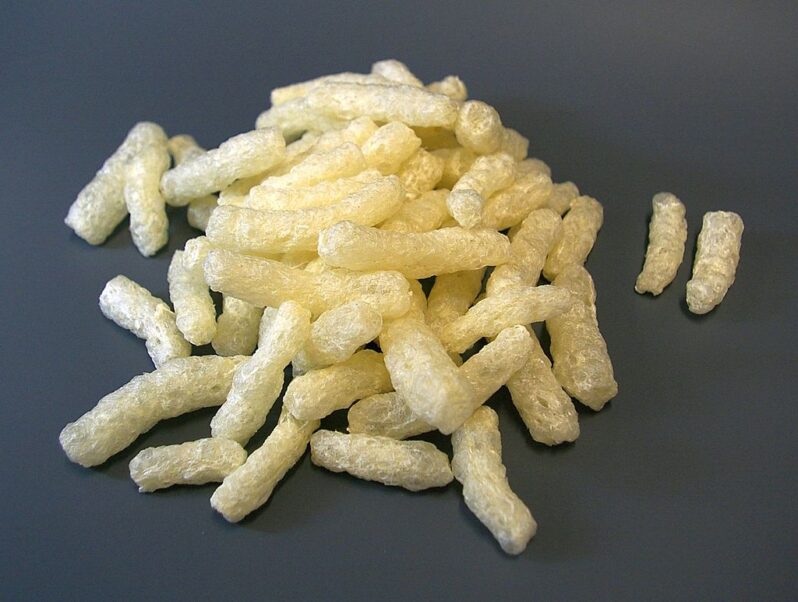
Growing crops to make plastic may theoretically reduce reliance on fossil fuels, but at an enormous environmental cost…bio-based plastics are problematic for a variety of reasons. It would take an astounding amount of land and water to grow enough plants to replace traditional plastics — plus energy is needed to produce and ship it all…But let’s say there was a large-scale shift to bioplastics — what would that mean for future emissions? That’s what a new paper in the journal Nature set out to estimate…
Is YOUR town at risk? – Daily Mail
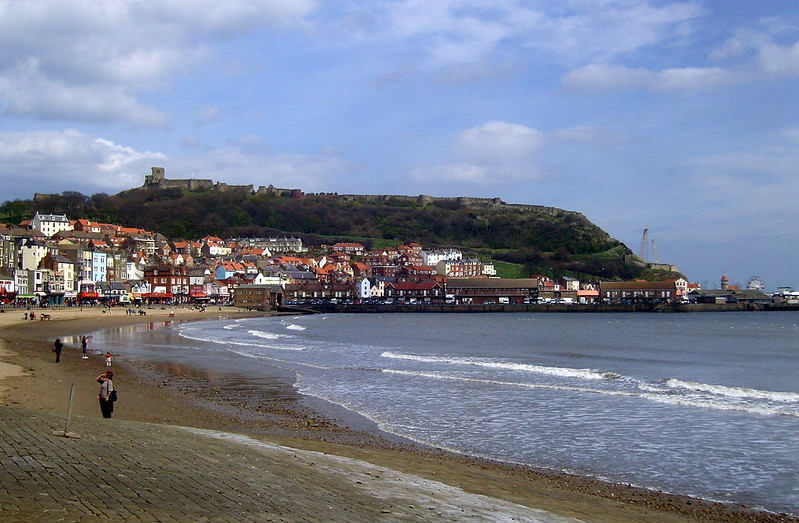
Terrifying interactive map reveals the areas that could be plunged UNDERWATER by 2050 amid sea level rise fuelled by climate change.
With the allure of deck chairs, ice cream and amusement arcades, the Great British seaside holds a special, nostalgic place in the hearts of UK holidaymakers.
But fast forward just 25 years and scores of the country’s beaches, piers and bays could be underwater because of increasing global sea levels caused by global warming…
Beaches on Scotland’s ‘Hawaii of the North’ at risk after sand stolen – The Telegraph
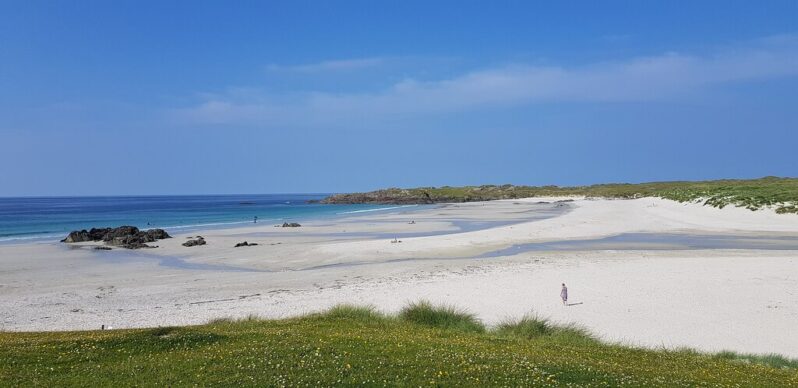
With its stunning white crystal sands, it is known as “Hawaii of the North”. But beachcombers are said to be removing the famous sands of Tiree in the Hebrides on an industrial scale. Landowner Argyll Estates suspects sand is being “stolen” by “greedy” islanders under cover of darkness. Reports also suggest that it is “the more affluent residents” who are involved “so the reasons for this may not always be hardship but perhaps greed…”
Opinion: Through an Artist’s Eye, Scientific Tools Help Tell Vital Stories – Undark Magazine
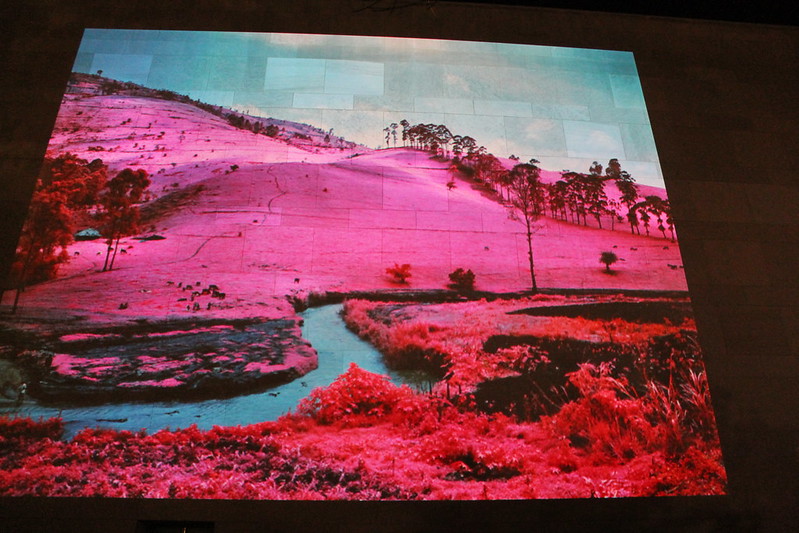
Perhaps one of the most salient marks of human ingenuity is our ability to peer into places our eyes were never designed to see. We can now glimpse the birth of distant galaxies with the Webb telescope, or spot structures hidden deep inside the human cell through electron cryomicroscopy…But through an artist’s eye, such technological tools can transcend their scientific purpose to deliver insights about our fast-warming planet that are more likely to resonate with the public…
Paleotsunami Detectives Hunt for Ancient Disasters – Hakai Magazine
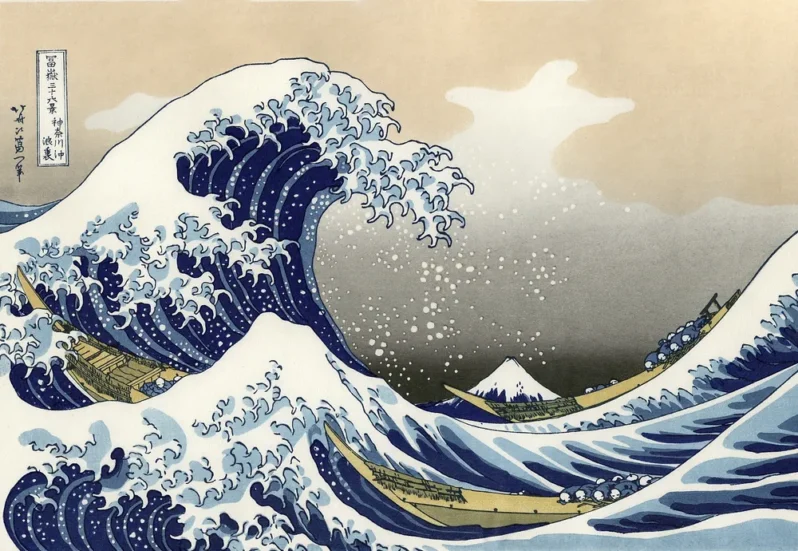
Gigantic tsunamis have been decimating coastlines since time immemorial. We ignore these prehistoric warnings at our own peril.
A boulder weighing more than 40 tonnes sits on the sand high above the ocean. Dwarfing every other rock in view, it is conspicuously out of place. The answer to how this massive outlier got here lies not in the vast expanse of the Atacama Desert behind it but in the Pacific Ocean below…
Why the Climate Fight Will Fail without India – Scientific American
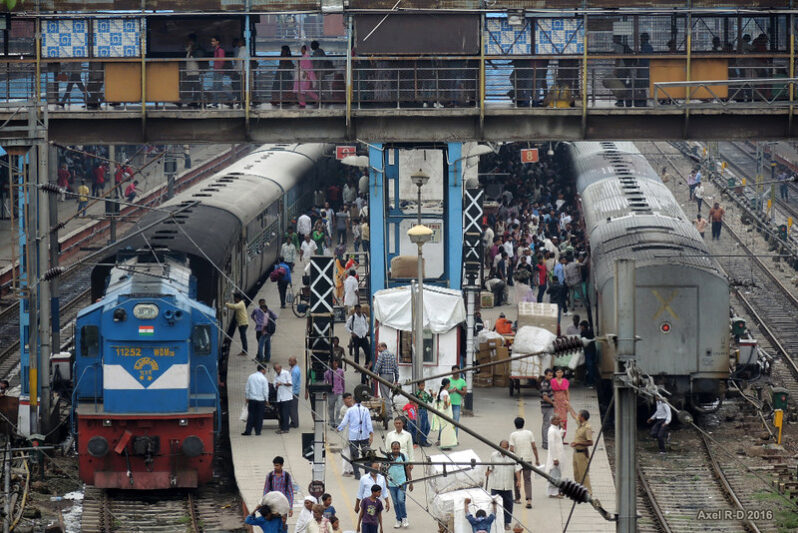
India is in the midst of the biggest climate experiment the world has ever known.
It’s a test that aims to transform a nation marked by deep economic inequality and heavily polluting coal power to one where families drive electric scooters and cool their homes with the sun’s energy. And it could determine whether global temperatures exceed limits beyond which climate impacts become increasingly disastrous…
Long Story Shorts: Why Do Fish Have Gas? – Hakai Magazine

Fish have bladders, but not the one you’re thinking of. These swim bladders put the buoyancy control of scuba divers to shame.
